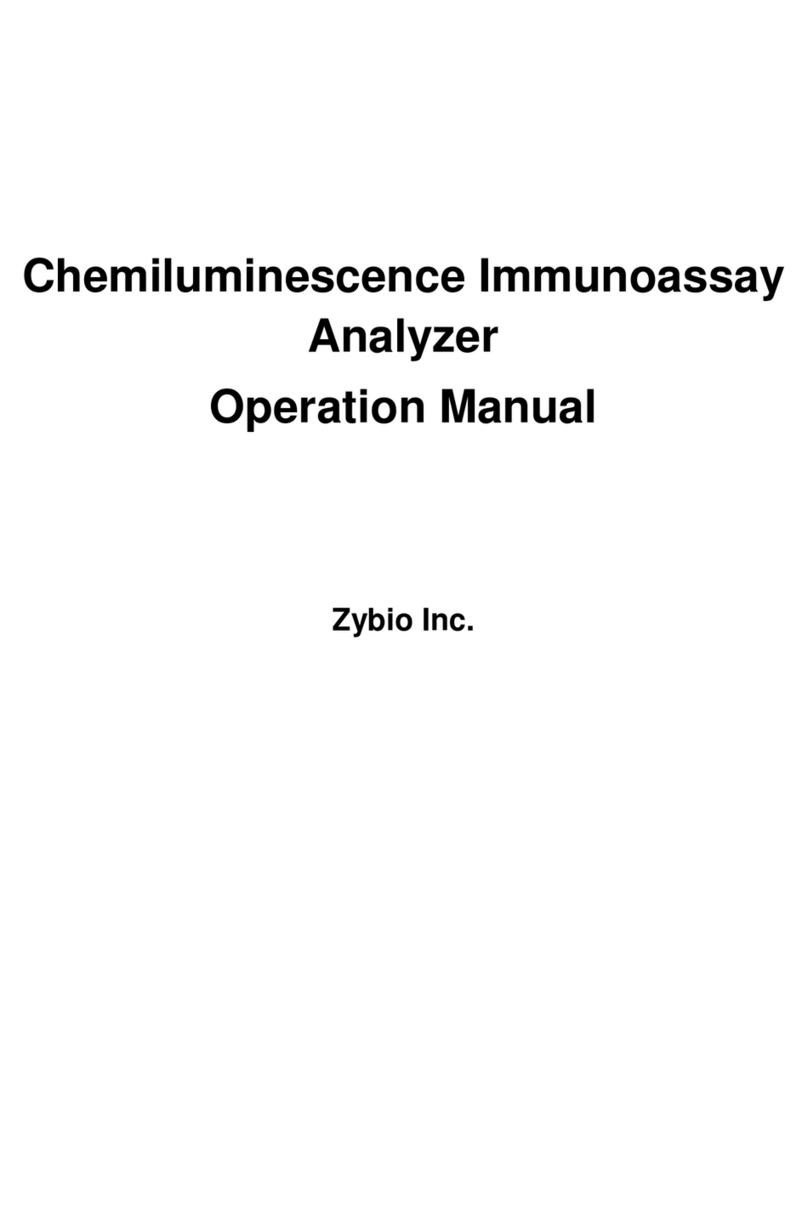3.4
Dilution..........................................................................................................................17
3.5
WBC Measurement.........................................................................................................17
3.5.1 Measurement Principle:......................................................................................17
3.5.2 WBC-Related Parameters...................................................................................18
3.5.3 HGB Measurement ............................................................................................20
3.6
RBC/PLT Measurement...................................................................................................20
3.6.1 Impedance Method.............................................................................................20
3.6.2 RBC-Related Parameters....................................................................................21
3.6.3 PLT-Related Parameters......................................................................................22
3.7
Wash..............................................................................................................................23
4.Software and Interface ..................................................................................................................24
4.1. Login ................................................................................................................................24
4.2
Review...........................................................................................................................24
4.2.1 Trend Graph.......................................................................................................24
4.3
Calibration......................................................................................................................25
4.3.1 Calibration Factors.............................................................................................25
4.3.2 Calibration with Calibrator .................................................................................25
4.4
Gain Setup......................................................................................................................27
4.5
Performance ...................................................................................................................28
4.5.1 Background Count.............................................................................................28
4.5.2 Reproducibility..................................................................................................28
4.5.3 Carryover ..........................................................................................................28
4.6
Advanced Toolbox..........................................................................................................28
4.6.1 Export ...............................................................................................................28
4.7
Software Update .............................................................................................................29
4.8
Status Indicator ...............................................................................................................30
4.9
Buzzer............................................................................................................................30
5Fluidics ........................................................................................................................................31
5.1
Introduction to Fluidic Parts.............................................................................................31
5.1.1 Valves...............................................................................................................31
5.1.2 LVM fluidic valve..............................................................................................32
5.1.3 Linkage Syringe Device .....................................................................................32
5.1.4 Vacuum pump....................................................................................................33
5.1.5 Air pump...........................................................................................................33
5.1.6 Sample probe.....................................................................................................34
5.1.7 Probe wipes .......................................................................................................34
5.1.8 Baths.................................................................................................................35
5.2
Sample Dilution Flow Chart............................................................................................36
5.2.1 Whole Blood Mode............................................................................................36
5.2.2 Pre-dilute Mode.................................................................................................36
5.3
Introduction to Fluidic Channels ......................................................................................37
5.3.1 WBC/HGB channel............................................................................................37
5.3.2 RBC/PLT channel ..............................................................................................37
5.4
Sample Volume...............................................................................................................37




























